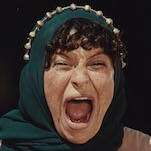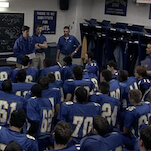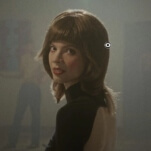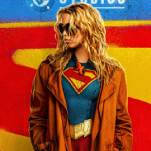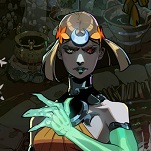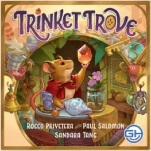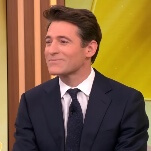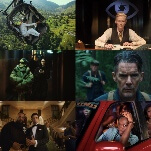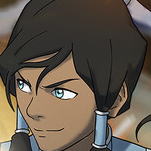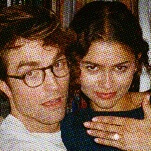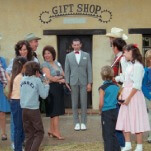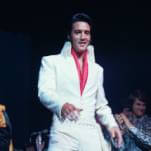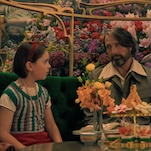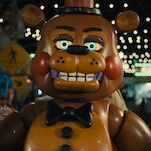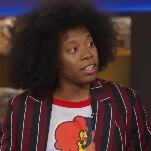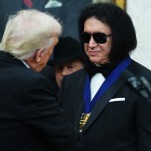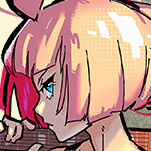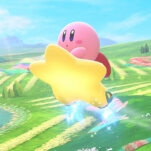A Wizard Of Earthsea graphic novel faithfully captures the magic of Le Guin's world
Fred Fordham’s adaptation tightens up Ursula K. Le Guin’s classic novel while adding dimension with gorgeous illustrations.
Image: A Wizard Of Earthsea by Ursula K. Le Guin and Fred Fordham (Clarion Books)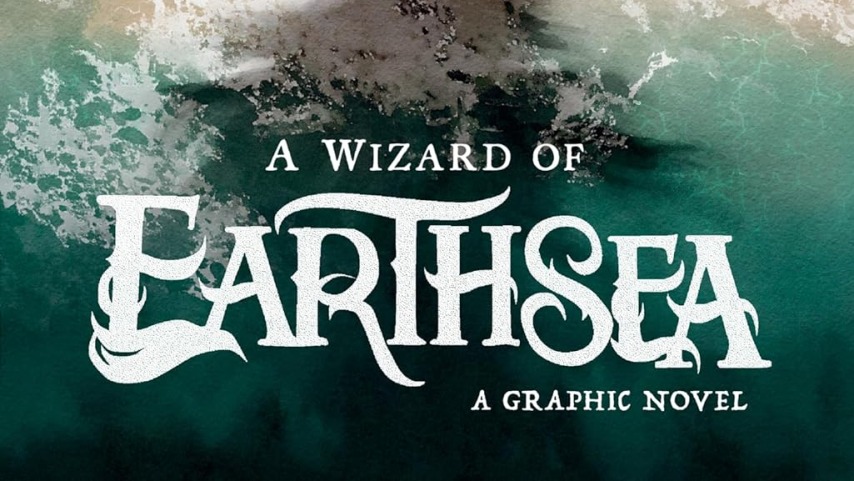
Ursula K. Le Guin’s 1968 novel A Wizard Of Earthsea is one of the seminal works of fantasy, but it has an unfortunate history of adaptations that have whitewashed its characters and ignored its themes in favor of sculpting Le Guin’s work into a more conventional fantasy tale with monsters to be slain and wars against evil to be fought. Fred Fordham’s graphic novel adaptation thankfully bucks that trend, staying faithful to Le Guin’s beautiful prose and story while bringing her world to life with lush illustrations.
Fordham has plenty of experience adapting literary classics, including To Kill A Mockingbird and The Great Gatsby, and he does a phenomenal job with the tale of the young wizard Ged, also called Sparrowhawk, who has to balance his talent against the perils of his pride. Le Guin wrote A Wizard Of Earthsea for children but it’s packed with depth that can be appreciated by all ages. The graphic novel has that same richness with the added benefit of illustrations that could further widen its appeal.
Le Guin invented the concept of a boy wizard attending wizarding school, but her novel feels more like an epic pulled from antiquity than Harry Potter. In its earliest panels portraying the island of Gont, the graphic novel explains that Ged will eventually be perhaps the greatest wizard of all, but this is a story long before that time, of a lonely child who picks up a bit of magic from his aunt which sets him down a path of power and danger.
Ged’s story begins like that of Rand al’Thor or Luke Skywalker as he discovers the strength of his abilities when his small, isolated home is exposed to great danger. But A Wizard Of Earthsea is an unconventional hero’s journey. There is no great evil Ged is destined to fight, save for the dark being he accidentally summons into the world when trying to show off in a duel against an arrogant classmate—who is certainly a precursor to Draco Malfoy. While Ged comes into great power at the school of Roke and meets one lifelong friend, even attending that academy is portrayed less as a measure of his great talent but as a questionable decision Ged made because he didn’t have the patience for the more thorough magic taught by the naturalist Ogion.

